As one of the products from the HEIF6 Project, our team has developed a wide collection of digital assets to represent human anatomy. The understanding of human anatomy is vital to the delivery of healthcare. For medical students, this necessary awareness of anatomy and 3D spatial orientation is traditionally learned through cadaveric dissection. This is expensive and has practical as well as ethical constraints to available teaching time. The digital models can be used as assets for interdisciplinary research between the fields of Arts, Science and Healthcare. We welcome ideas from the BU community for proposals of novel use cases, research, grant applications and availability as teaching tools or base models for complex animation techniques.
Contact:
Learn more about the available assets and how to collaborate with the Neuravatar team by contacting Dr Xiaosong Yang (xyang@bournemouth.ac.uk) or Dr. Rupert Page (Rupert.Page@poole.nhs.uk).
👀 A glance at the 3D models available so far 👀
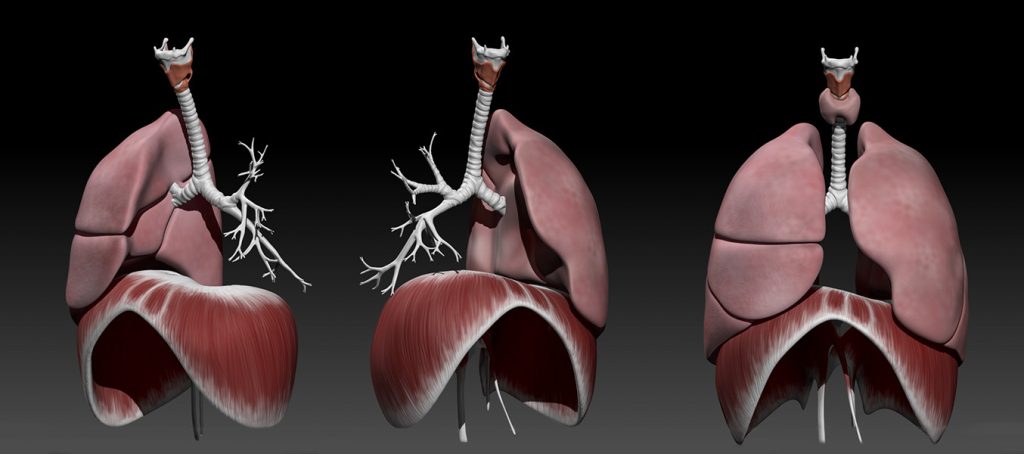


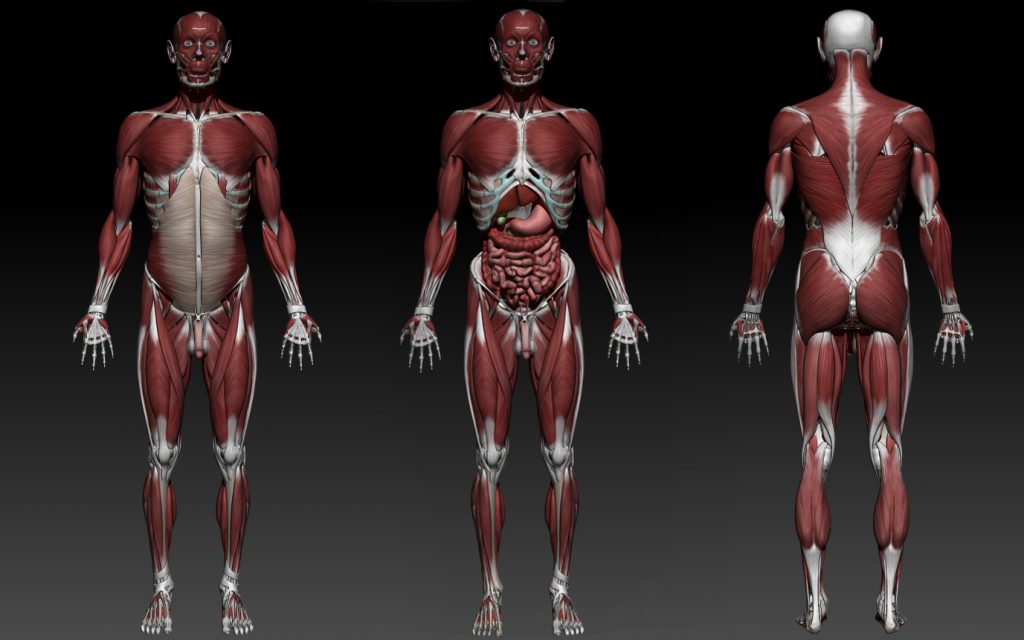

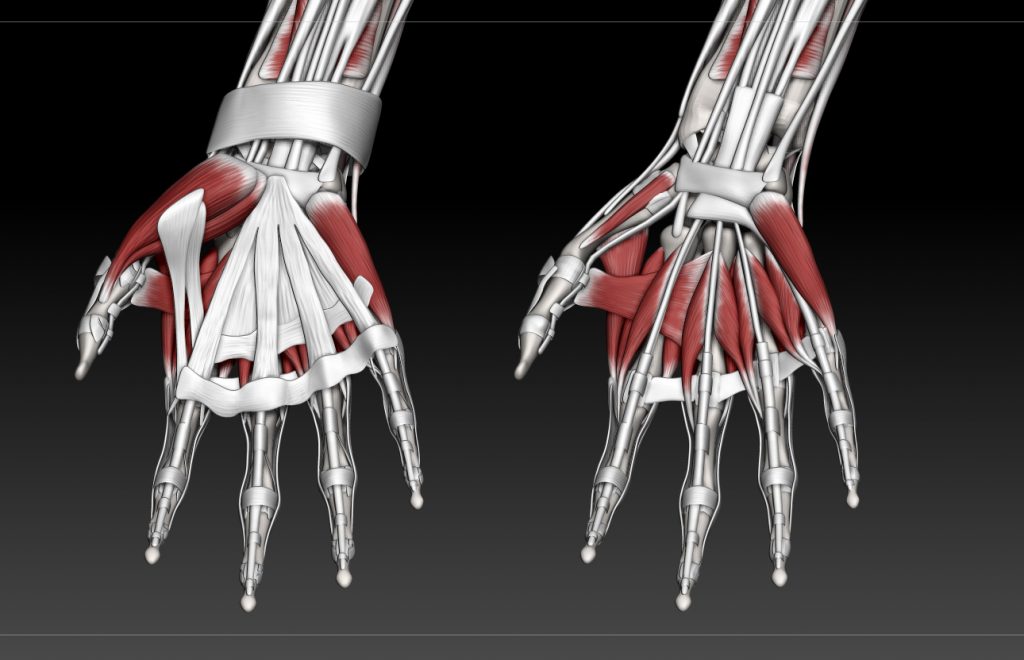
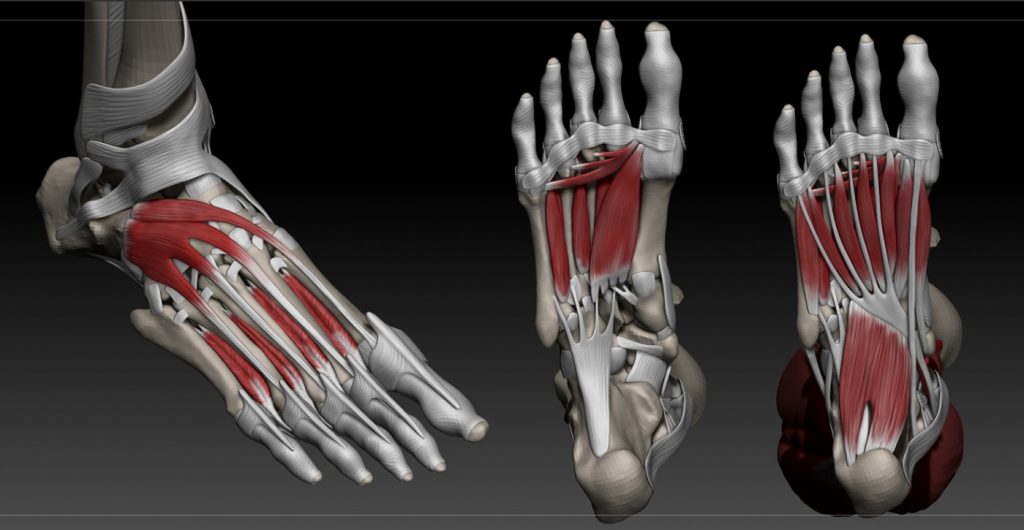


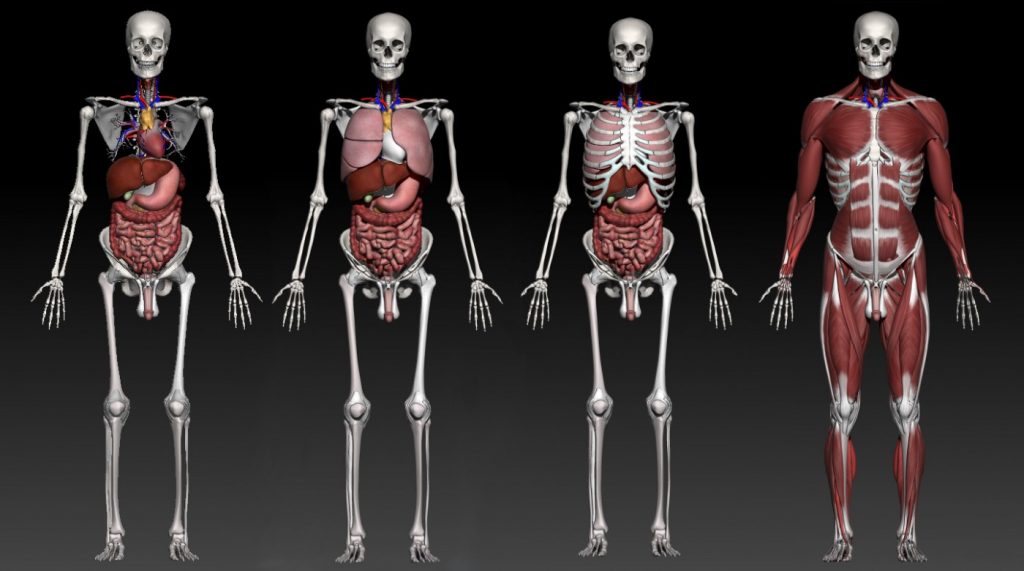
 Failing to publish data from clinical trials presents risk to human health
Failing to publish data from clinical trials presents risk to human health










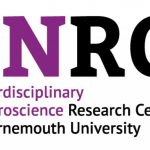 Fourth INRC Symposium: From Clinical Applications to Neuro-Inspired Computation
Fourth INRC Symposium: From Clinical Applications to Neuro-Inspired Computation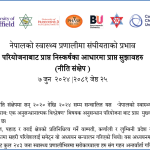 Writing policy briefs
Writing policy briefs Upholding Excellence: The Concordat to Support Research Integrity
Upholding Excellence: The Concordat to Support Research Integrity Today’s Documentation Will Serve Tomorrow’s Justice
Today’s Documentation Will Serve Tomorrow’s Justice ECR Funding Open Call: Research Culture & Community Grant – Application Deadline Friday 12 December
ECR Funding Open Call: Research Culture & Community Grant – Application Deadline Friday 12 December MSCA Postdoctoral Fellowships 2025 Call
MSCA Postdoctoral Fellowships 2025 Call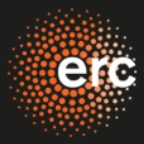 ERC Advanced Grant 2025 Webinar
ERC Advanced Grant 2025 Webinar Horizon Europe Work Programme 2025 Published
Horizon Europe Work Programme 2025 Published Horizon Europe 2025 Work Programme pre-Published
Horizon Europe 2025 Work Programme pre-Published Update on UKRO services
Update on UKRO services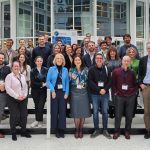 European research project exploring use of ‘virtual twins’ to better manage metabolic associated fatty liver disease
European research project exploring use of ‘virtual twins’ to better manage metabolic associated fatty liver disease